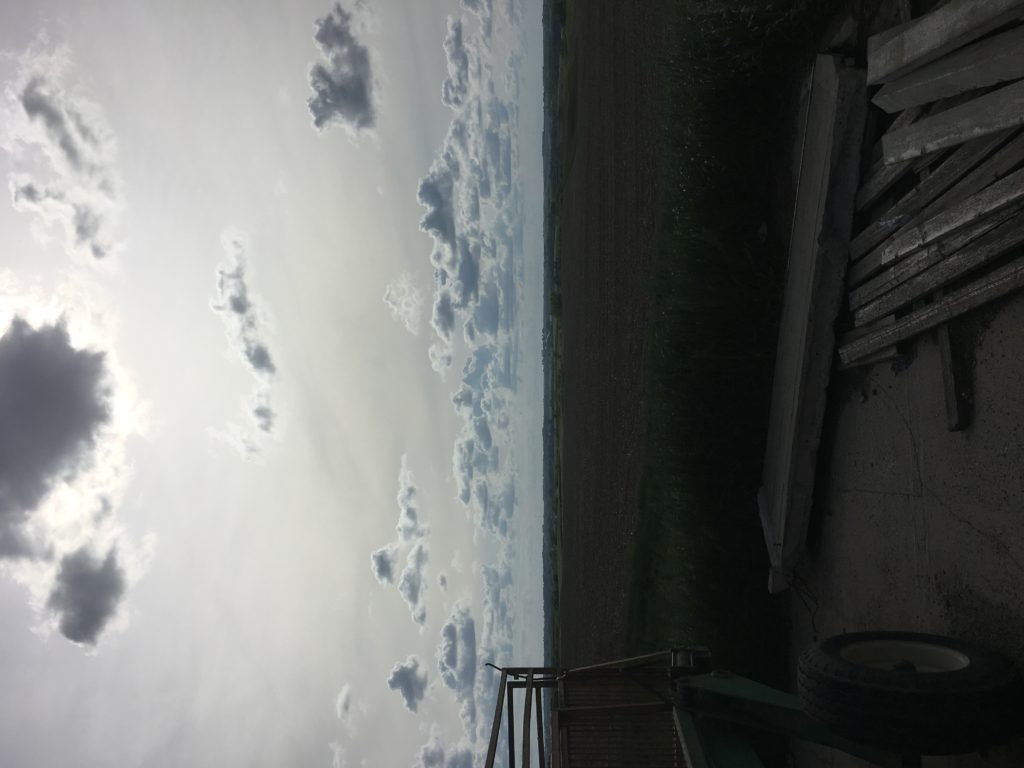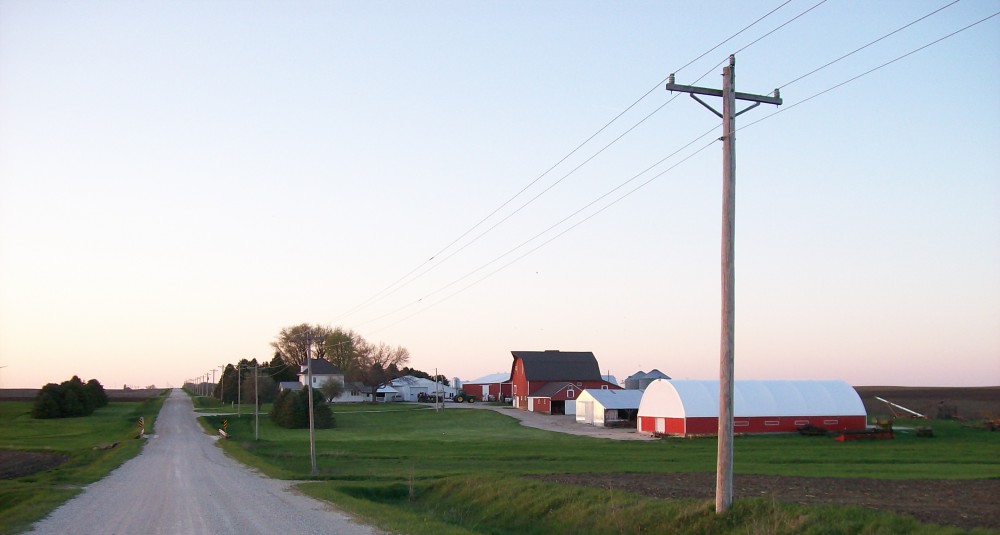May 26, 2019
After a week’s worth of early wake up calls, we were able to sleep in before we left the Whiterock Conservancy and headed to Essex, Iowa. On the way to Essex we made a brief pit stop to see Albert the Bull-the world’s largest bull. The giant concrete icon is a tribute to the area’s cattle raising history. The towering roadside attraction was worth the stop and a fun look at another a side of Iowa’s culture.

After the detour we met with Dennis Liljedahl of Liljedahl Farms, who is a member of the Iowa Pork Producers Board of Directors. Dennis started the presentation with some background on how his farm got started and the farm’s practices. Their farm is a three-generation family farm that his father started in 1957. Farming back then was a lot different than today’s type of farming. Dennis discussed a program known as crop share where the landowner supplies the land, the farmer supplies the machinery as well as the labor, and they split the profit 50/50. Today the typical farmer farms their own land or rents land to someone else to farm; both programs that Liljedahl Farms now operates.

Dennis also discussed his opinion on water quality issues regarding confined animal feeding operations (CAFOs). His ideas were very different from what we have heard so far on this trip. He stressed that the odor associated with the animal waste CAFOs generate is more of a problem people should be concerned with as opposed to the water itself being contaminated from the runoff. It was interesting to hear his perspective on the runoff issue, which was different than the Des Moines Water Works take. Their main focus is on making sure the water quality is clean for their customers. I did research last year on CAFOs and found that even though federal laws regulate CAFOs, no laws specifically address odors. This is one aspect I have enjoyed about this trip-being able to hear different perspectives and opinions on various topics.
After our discussion, he brought us to see his swine operations to see how pigs are handled on their farm. The pigs were all placed in separate crates with little space for them to move around. This separation method is used to prevent piglet deaths from sows sitting on their piglets. This is also enforced so that other pigs wouldn’t pick on pigs that were considered to be “lower on the pecking order” and kill them for being considered weak. To finish off the trip, we saw one of their many grain bins and how they get corn into them from a GSI (a drying) machine. It was interesting to see an Iowa swine operation since nearly one-third of the nation’s hogs are raised in Iowa.
